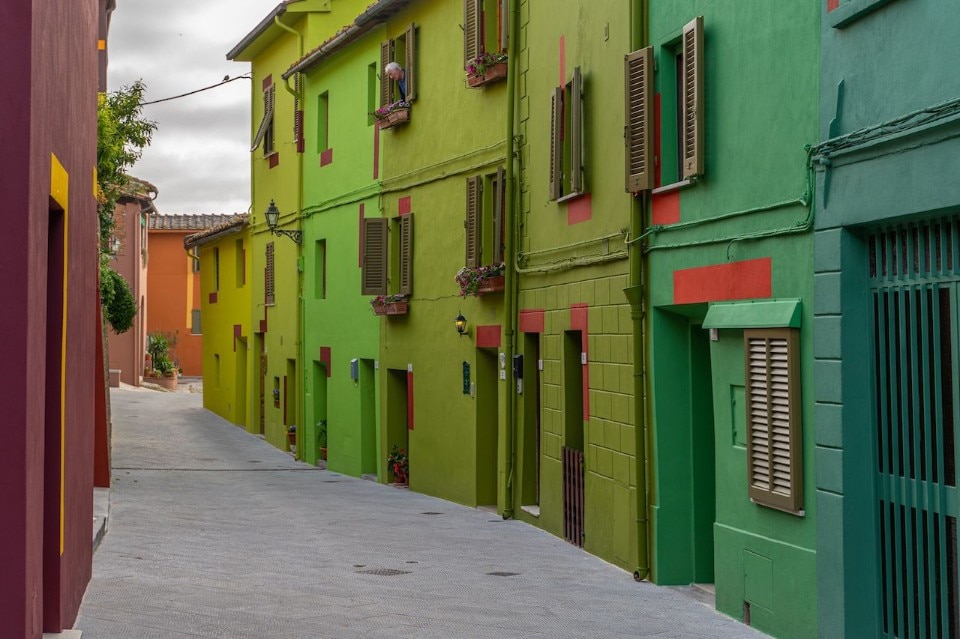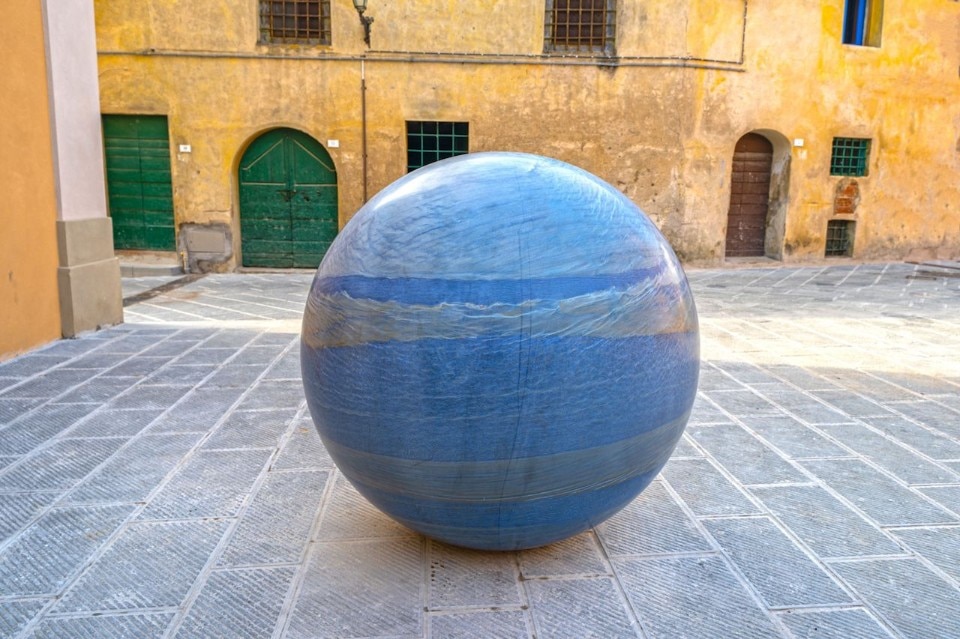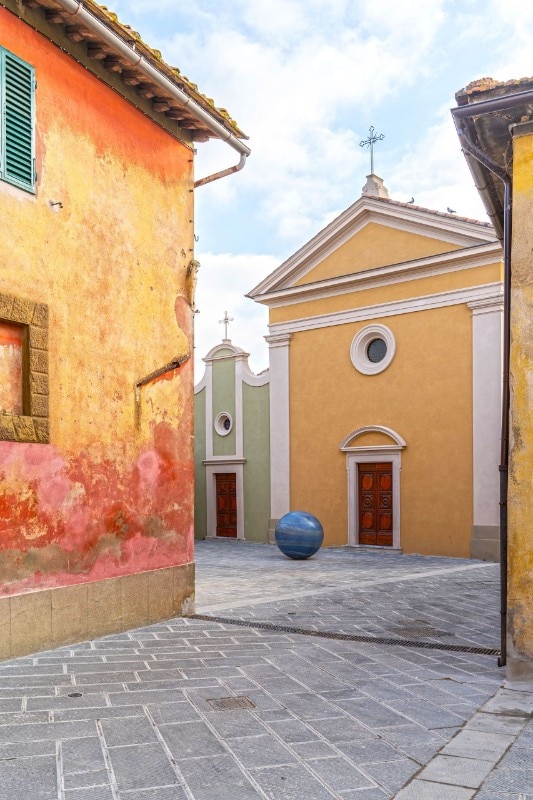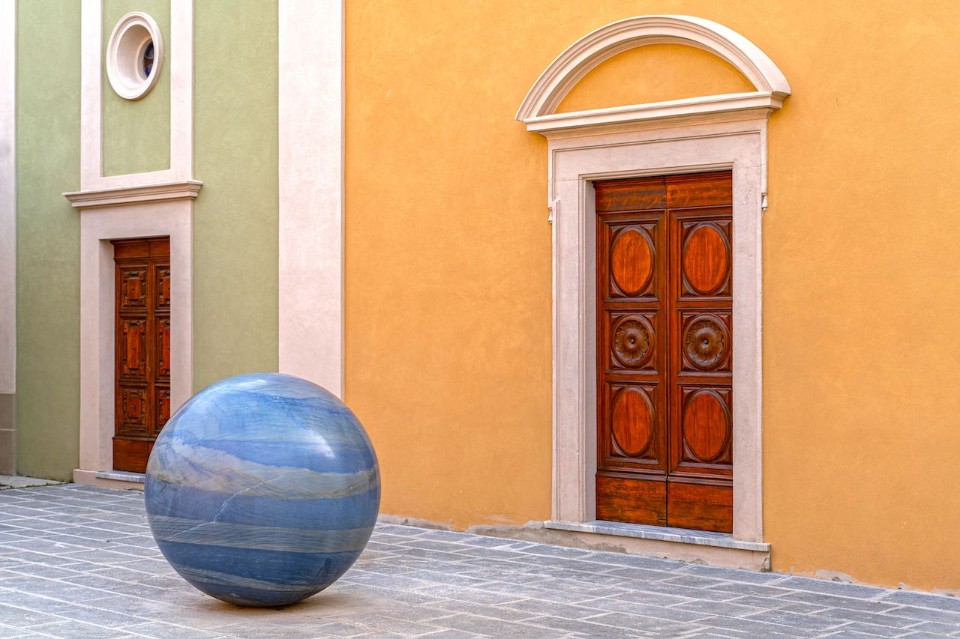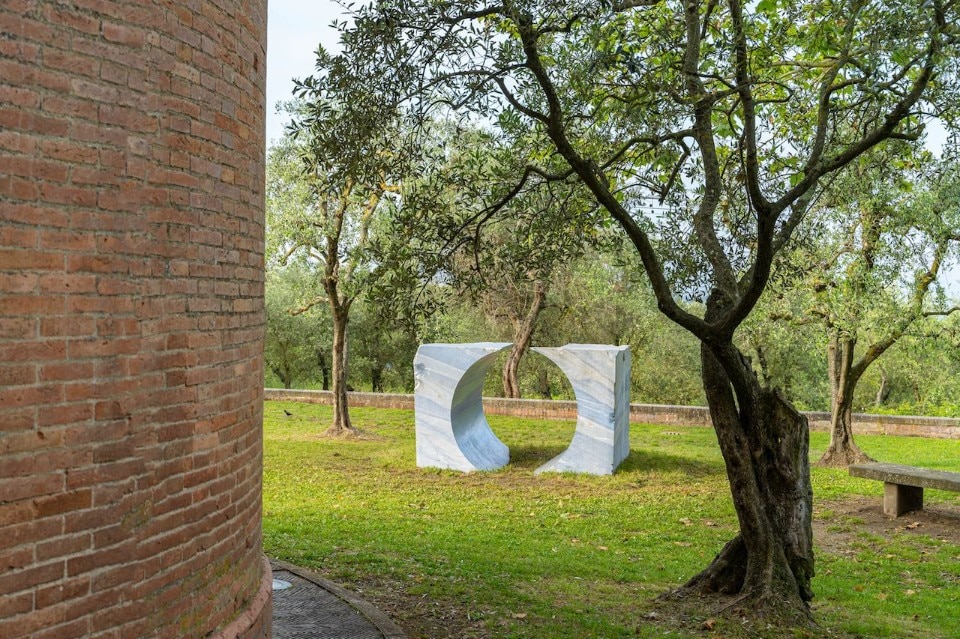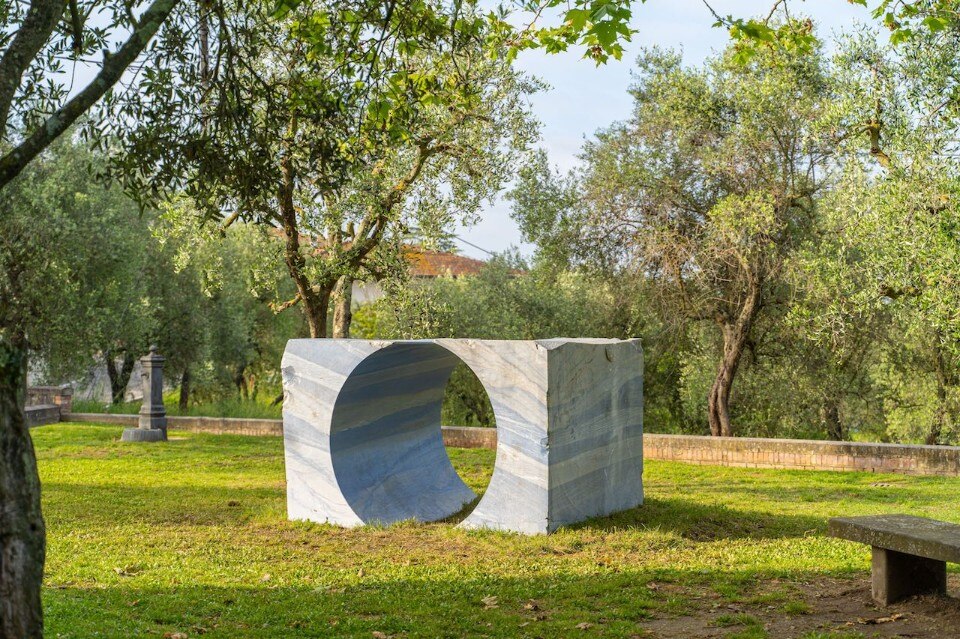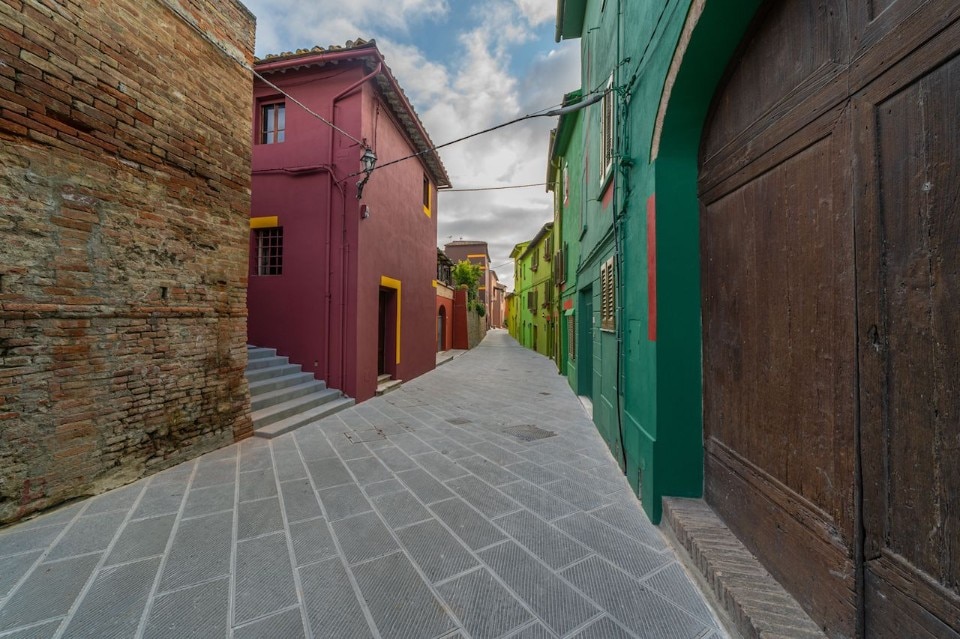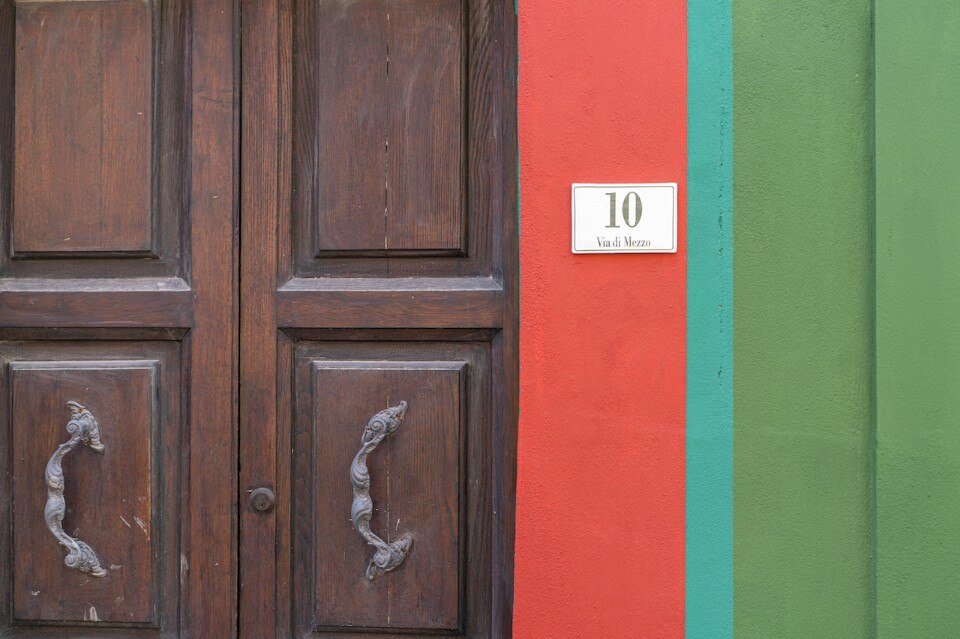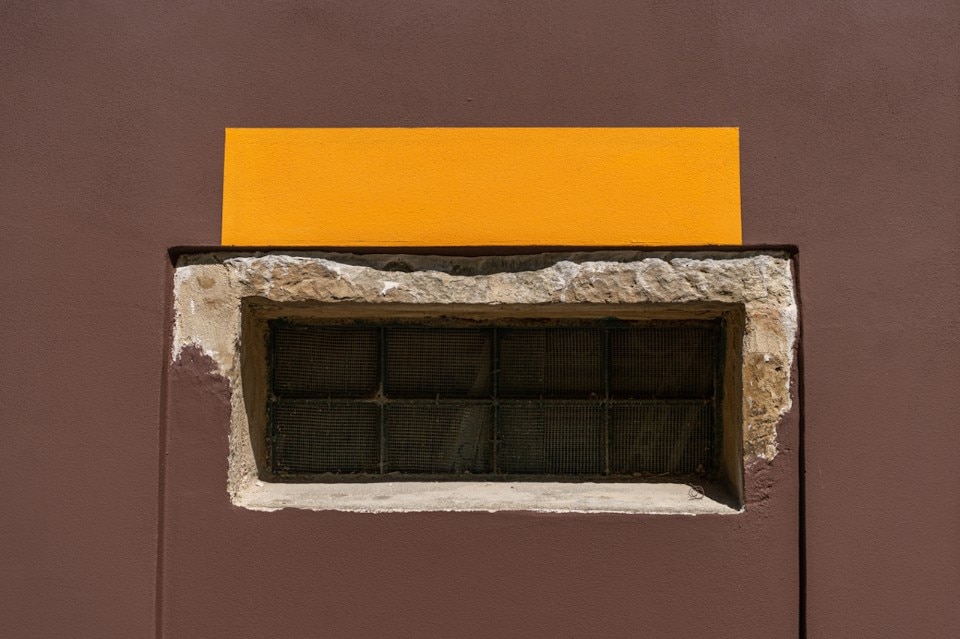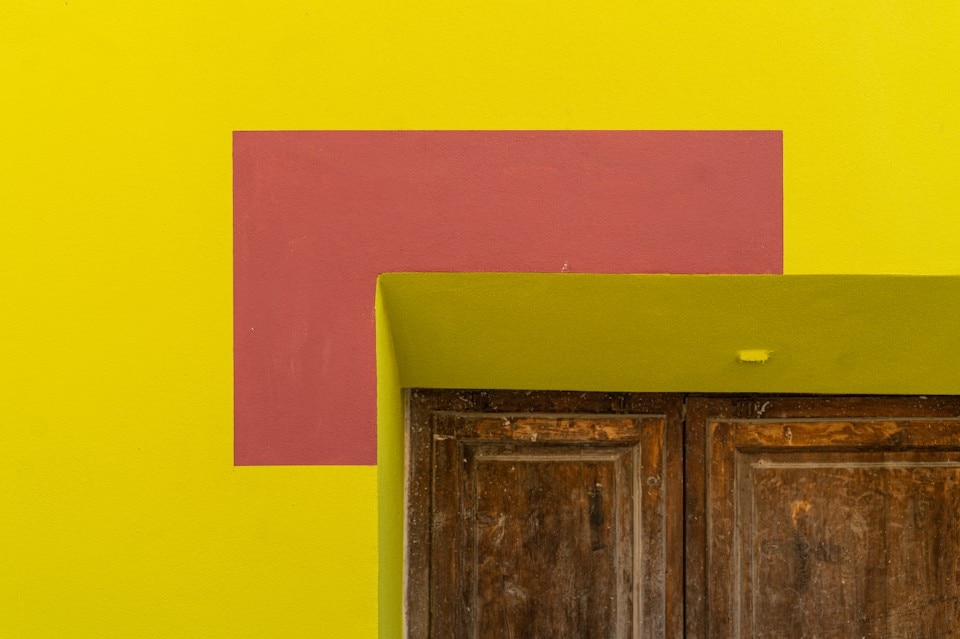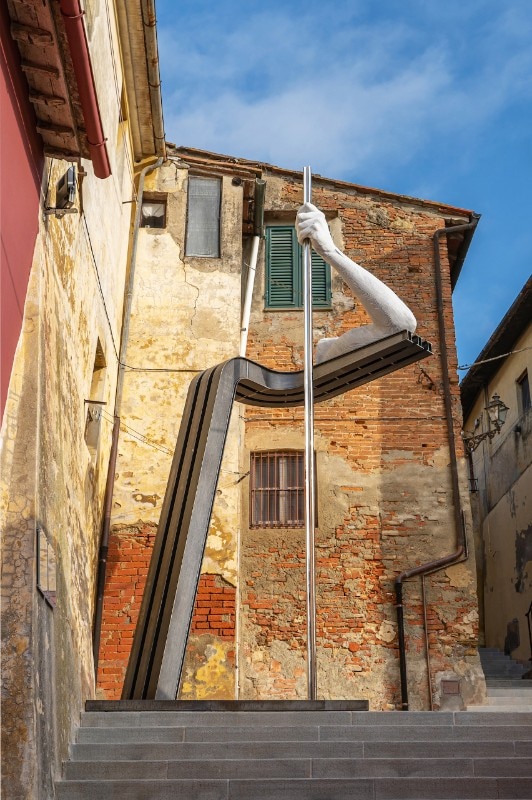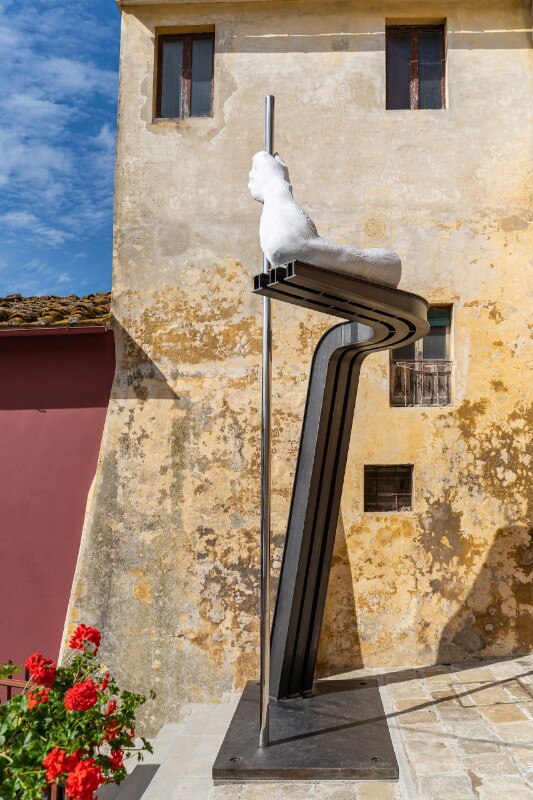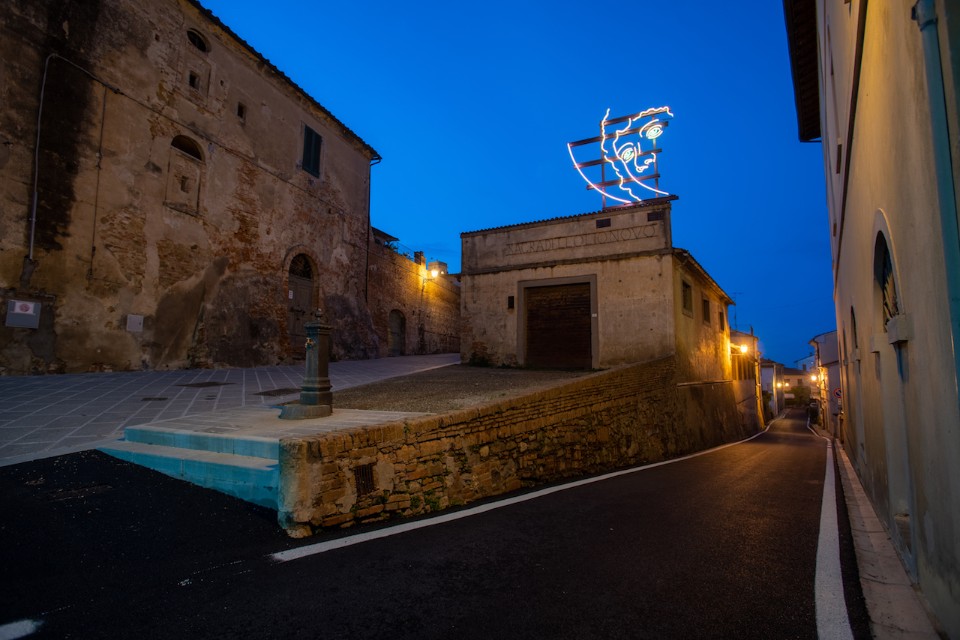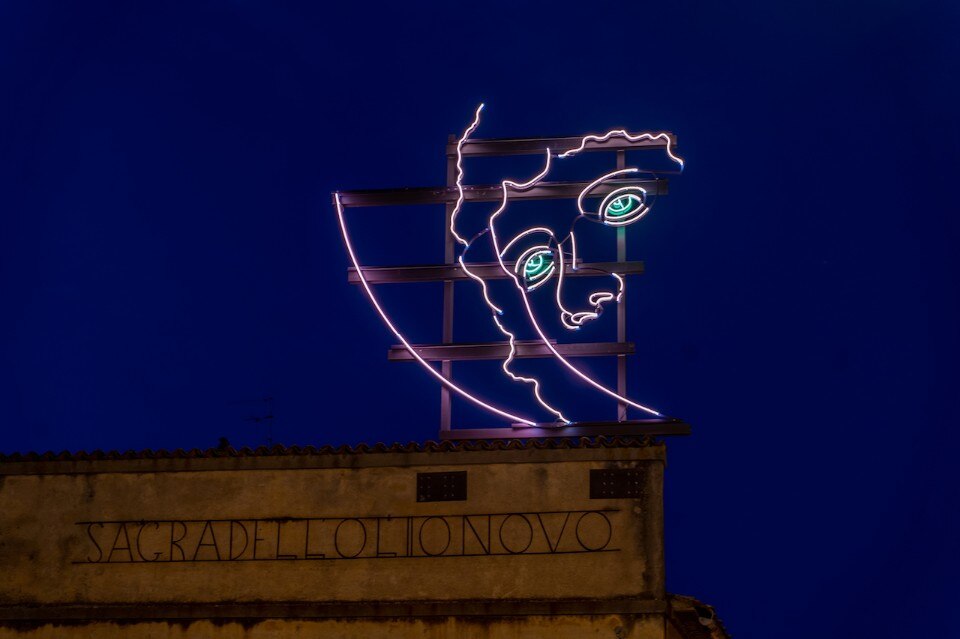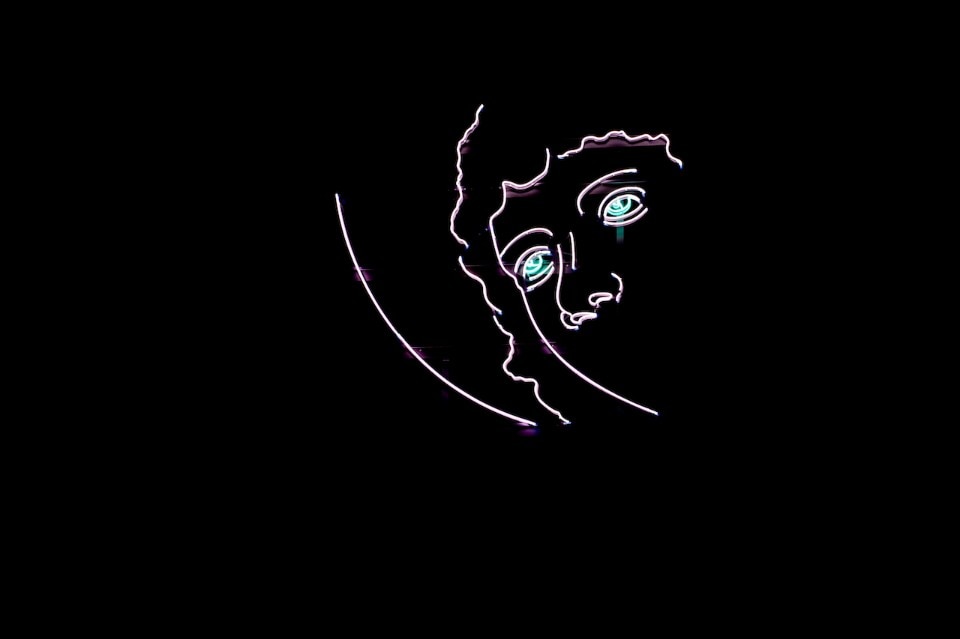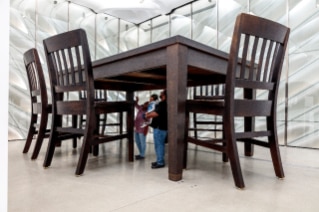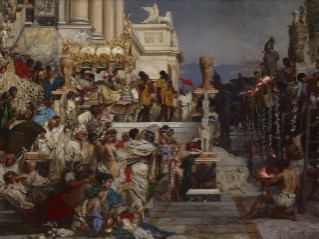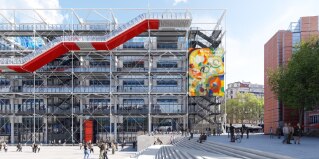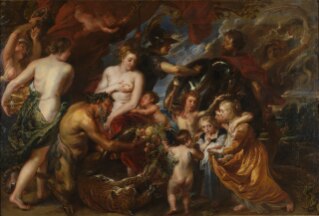When Public Art is truly public, that is, when it is born from a dialogue with the land, and is intended for the land, it can speak to citizens and visitors alike. This is the case for the three new projects for Ghizzano, a small hamlet in Peccioli (Pisa), a town that in the early 1990s explored public art by inviting Alberto Garutti to create a work that has become legendary: Quest’opera è dedicata ai ragazzi e alle ragazze che in questo teatro s’innamorarono. The new works – commissioned by the Mayor of Peccioli Renzo Macelloni, made possible by the City of Peccioli, Fondazione Peccioli per l’Arte and Belvedere SPA, and curated by Antonella Soldaini – are the result of two years of research, projects and encounters between the 350 inhabitants of Ghizzano and the artists: Alicja Kwade, David Tremlett and Patrick Tuttofuoco.
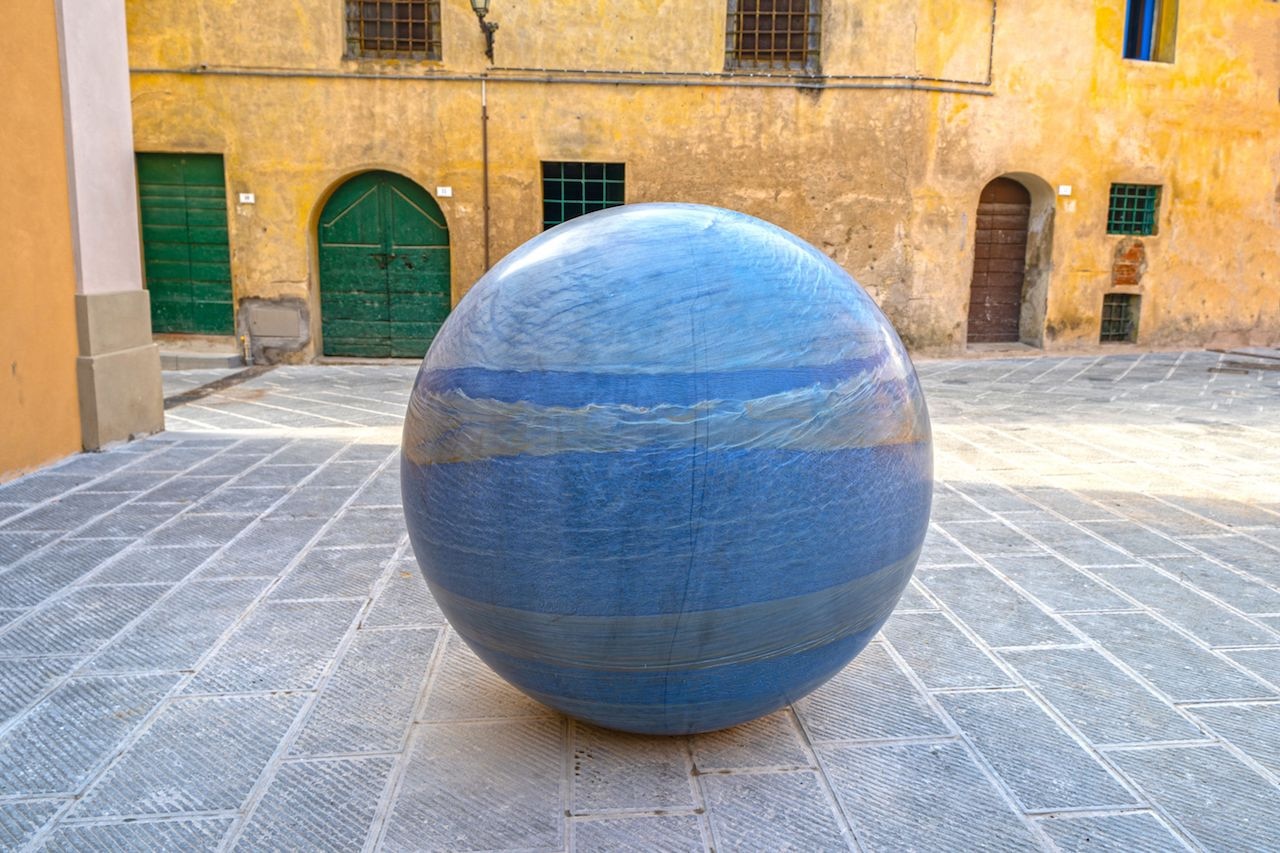
 View gallery
View gallery
Three generations, three nationalities and three different types of work that become part of and dialogue with the landscape. The British artist Tremlett (b. 1945) chose to intervene with his wall drawings along Via di Mezzo, a road that divides the town with small houses lined in a row. Here the artist has transformed the street into a symphony of greens, browns and ochres – the colours of the earth, of the surrounding nature, of bricks. In addition to allowing the road to become a part of the context, Tremlett’s intervention creates a sense of identity and belonging.
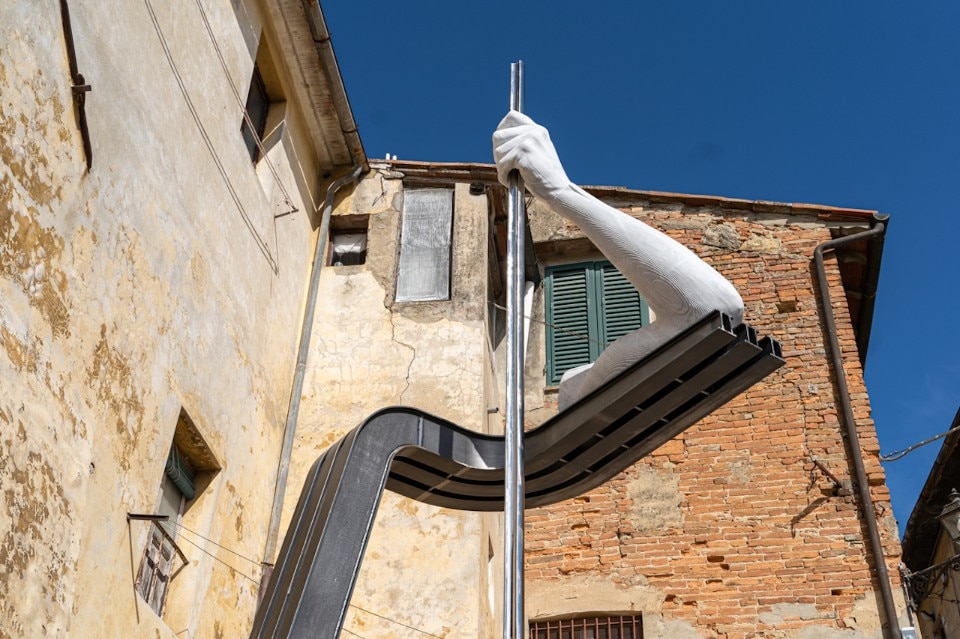
Identity, history and art history are also referenced in Patrick Tuttofuoco’s works, inspired by a fresco cycle by Benozzo Gozzoli in Legoli, a few kilometres from Ghizzano. Tuttofuoco (b. 1974) chose some details and recreated them in marble, in iron and in neon, installing them, as is his practice, in corners or places that are important to the location itself to underline fragments of landscape, as in the case of Elevatio Corpus which towers above the roof of a historic building, standing out against the sky.
In a cosmic and local sense, the heavens and the earth are evoked in the work by the Polish artist Alicja Kwade (b. 1979). For Ghizzano she created a series of sculptures that display the uncrafted stone, and the refined and smooth form refers to the artistic tradition of the place and to the materials, updating Renaissance aesthetics and the unbreakable bond between art, nature and land.
Opening picture: David Tremlett, Via di Mezzo, Ghizzano, 2019. Photo Andrea Testi


